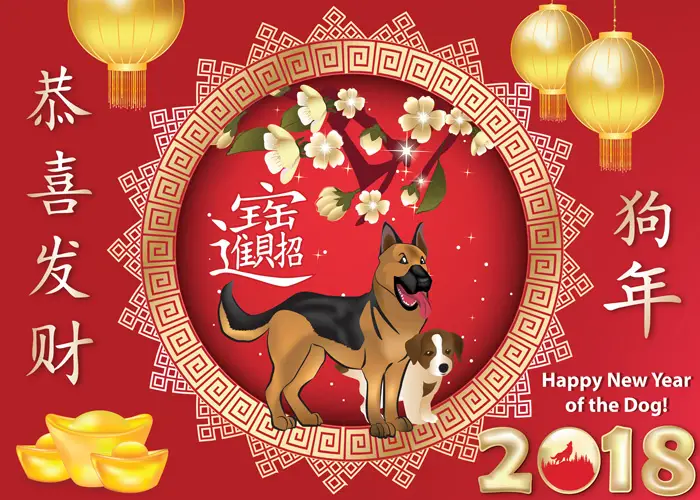
Asian culture is stuffed with symbolism geared to bolster the human condition.
Ancient Chinese symbols and their meanings are a product of a very savvy people who understood the human need to progress in conjuction with their propensity to link positive change with visual/allegorical concepts.
In other words, the Asians keenly understood that the human mind easily grasps commands & concepts through the use of symbols and/or symbolic, “story” concepts.
Chinese symbols, if kept foremost in our conscious awareness, can serve as powerful tools for enhancing our behaviour, our situations, our perception, and ultimately they can serve to change our lives.
As with all symbols, the following Asian/Chinese symbols and their meanings have the potential to positively impact our lives if we choose to consistently hold them in our awareness for a length of time so that these attributes become part of the fabric of our existence.
The Five Happinesses:
These Chinese symbols are found in most ancient Chinese art and are considered to foretell good luck.
They are:
- Shou (longevity symbol)
- Ch’i Lin (chimera)
- Lung (dragon)
- Fen Huang (phoenix)
- Ju-I (scepter)
The Five Noble Strengths:
In many Asian martial art forms, students are required to learn the five noble animal forms representing specific and honorable attributes.
They are:
Five Human Powers:
Also in the Asian tradition, the Buddhists refer to the five human powers.
They are:
- Effort
- Memory
- Faith
- Concentration
- Wisdom
Five Aspects of Enlightenment:
Also in the Buddhist tradition – mandalas are often incorporated in meditations. Within many of these mandalas are representations of the five states of enlightement.
They are:
- Speech
- Mind
- Body
- Wisdom
- Bliss



I recently purchased 3 carved wall carvings with the longevity symbol but with only four bats around it. Which happiness did I not get?
The bats surround a carving of a woman reaching up to a tree branch smiling. The other center carving are of two birds in a tree.
Why did they not include five bats?
I am looking for the swastika. It has been in the Chinese, rather Buddhist culture for thousands of years. What is it’s meaning?